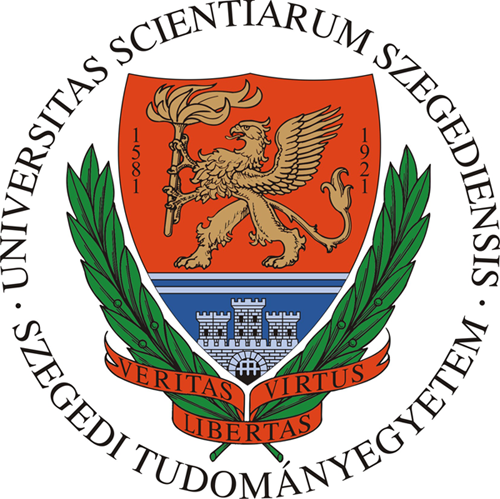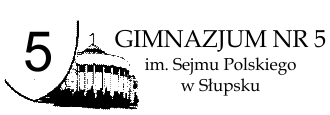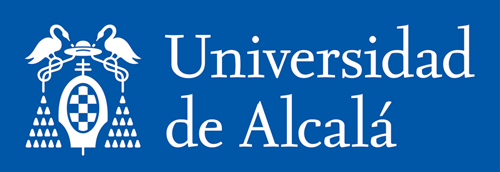INTRODUCTION
Schools and classes are characterized by an increasing number of different people (ethnicity, religion, gender, age, disability, sexual orientation, religion and lifestyle). Sexual orientation plays an important role in personal development, especially in adolescence, and school is a place where peers meet (by force) with different ideas of life. This requires a constructive debate as well as ideas and guidelines on how the organization school deals with this topic.
In a perfect world, schools should set themselves the goal of creating a nice, inspiring, safe and warm atmosphere, free from all forms of violence, both mental and physical, where no form of violence and harassment will be tolerated and accepted. Numerous schools around the world have their own policies for preventing violence and bullying, however cases of inappropriate behavior towards peers are still being reported. In Poland, for example, according to the newest police data, violence (in forms of physical violence, harassment, cyber-bullying, mental cruelty, mobbing) among school children and teenagers has doubled in comparison to 2016.
Violence
Peer violence is a very complex concept and difficult to define unequivocally, in principle it does not exist in Polish law. The legal definition of peer violence may include the concept of domestic violence:
“It should be understood as one-time or repeated intentional act violating the rights or personal rights of persons (...), in particular exposing those persons to the risk of loss of life, health, violating their dignity, bodily inviolability, freedom, including sexual, causing damage on their physical or mental health, as well as causing suffering and moral harm to people affected by violence” (Article 2 point 2 of the Act of 29 July 2005 on preventing domestic violence).
Bullying
An school, the most common act of peer violence is bullying, which is a form of exploitation of the weaker by the stronger ones. The perpetrator usually has an advantage over the victim, it can be strength or social advantage. The perpetrator can be one person or a group of people. Bullying may include threats, mockery, exclusion, embarrassing, intimidation, blackmailing, repetitive cruelty or forcing the victim of violence to do what the perpetrator wants against his/her will. We talk about harassment or bullying when these situations are repeated, in the case of one-off acts of violence, it is not a harassment yet.
Bullying usually takes one of four forms:
1. Referring to colleagues in an unpleasant manner, spreading rumors, exclusion, tormenting, teasing;
2. Pushing, kicking, hitting, poking and using any other form of physical violence;
3. Calling names, mocking, ridiculing, intimidating, causing embarrassment;
4. Harassment by phone, text messages and via the internet: threats, indecent content, impersonation of a given person, posting photos without the consent of the person concerned, etc.
Bullying and other forms of violence can affect anyone, regardless of their appearance, abilities, physical looks, religious beliefs or sexual orientation. Victims experience difficult emotions - feelings of humiliation, shame, fear, despair and sadness. Long-term effects for victims include reduced self-esteem and social problems - difficulties in establishing contacts, tendency to be isolated.
Below are some of the objectives and steps schools should consider when addressing violence and bullying:
The general objectives for all school environments should be:
1. Eliminating aggressive behavior and violence among students.
2. Increasing sense of safety of students at school.
3. Integration of students in school and strengthening the bonds between students, teachers and parents in joint action to counteract violence and harassment.
To lower antisocial behavior among children, teachers (and parents) should:
• strengthen students’ sense of safety at school and in the classroom;
• teach children the principles of positive contact and how to build friendships;
• make them aware of the consequences of their inappropriate behavior;
• equip the student with the ability to respond appropriately to emerging acts of peer aggression and wider violence;
• strengthen students’ confidence in teachers, motivate them to ask for help in difficult situations;
Goals for teachers:
• to increase the knowledge about the phenomenon of peer violence;
• to increase competences in coping with the situation of violence;
• to learn how to diagnose and recognize violence in the classroom;
• to effectively respond and help children in situations of violence (carrying out interventions, speaking with perpetrators and victims, mutual cooperation, cooperation with parents);
Goals for parents:
• to sensitize children to the problem of peer violence
• to show the role and importance of the family in shaping the behavior and thinking of children;
The implementation of the above objectives will be possible thanks to the following actions: prevention, intervention and evaluation described below.
Prevention
An early prevention system anticipates the emergence or aggravation of the problem. It emphasizes the education of parents, teachers and students in the field of violence and ways to counteract it, school cooperation with representatives of the local environment and specific procedures.
All students and parents should be familiar with the policy of preventing violence and bullying at school or in the classroom, and should know what to do and who to turn to in case of such cases. Therefore, such actions may, or should include:
• Familiarizing students and their parents, at the beginning of the school year, with the policy of preventing violence and harassment at school, and in particular with the code of desirable behaviors and the consequences of non-observance of these rules and regulations. Confirmation should be a written signature of the student and his parent.
• Creation of intra-class rules of behavior at the beginning of the year by tutors and students.
• Diagnosing the problem of violence at school and other activities that threaten students’ safety (surveys).
• Conducting preventive and educational activities for students.
• Psychological and pedagogical help for students, and in particular for victims and perpetrators of violence;
• Taking part in nationwide actions against violence.
• Editing a school newspaper addressed to students and parents, which will have a preventive and informative character.
Intervention
Interventions are aimed at responding to violence and addressing emerging problems. They should include:
• Assistance, ensuring security for people affected by the situation;
• Diagnosis of the situation - observation, conversation (description of the incident, updating the records in the form of notes by the educator or the school pedagogue);
• Notifying parents of the situation and keeping them informed of the progress of the case;
• The consequences for the student should be taken in accordance with the provisions laid down in the School's Statute or in accordance to set rules in case the school does not have an antiviolence policies;
• If the situation requires, the police or other institutions should be called.
• Information about an incident regarding harassment or violence should be included in the perpetrator’
A school record/file that accompanies the student at every stage of education.
Evaluation
At the end of the school year, an analysis and evaluation of the activities should be carried out to detect if there is anything to change or improve.
A whole school policy with, for and by students
There are hundreds of blogs, forums, scientific articles, books and guides for parents, teachers and educators on how to deal with violence at school. Most of them provide some combination of the advice and instructions listed above. But some schools took this one step further and decided to involve students into the process of creating an anti-violence policy. They reported this was a great idea because pupils were finally given a chance to talk about violence and put forward their insights on the problem. There are also several social programs such as ‘School without Violence’ (Szkoła bez Przemocy) in Poland giving not only the space for educators to exchange ideas and experiences but also real tools and techniques useful in the fight with violence.
DISCUSSION QUESTIONS
1. Can you describe how your school deals with homosexual students, and students who are coming out?
2. How do you assess the attitude of your school in dealing with diversity, especially homosexuality?
3. Imagine that two male students in your class fall in love with each other. Would you actively approach those students to support or discourage them from coming out? Please explain your motivation.
4. Imagine that two male students in your class fall in love with each other. In your opinion, how would the friends, parents and school management react?
5. If you perceive discriminatory statements about homosexuality of students, how do you act?
6. Are you aware of school subjects where the topic of homosexuality is discussed?
7. Imagine that two colleagues of you are coming out as homosexual. How would you react, and how would the school management react?
8. Imagine that a child in your class has homosexual parents. How would you react?














